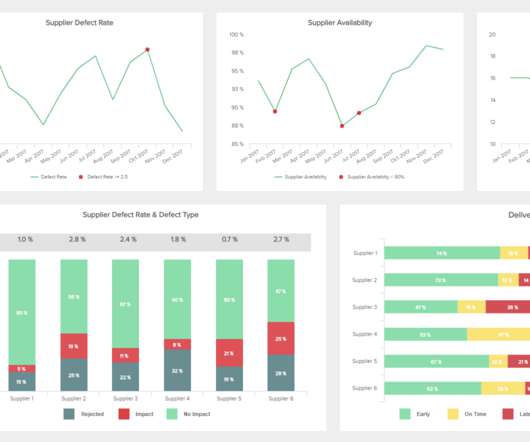Seven Steps to Success for Predictive Analytics in Financial Services
Birst BI
OCTOBER 30, 2018
Today, the most common usage of business intelligence is for the production of descriptive analytics. . Descriptive Analytics: Valuable but limited insights into historical behavior. The vast majority of financial services companies use the data within their applications for what is called “ Descriptive Analytics.”





















Let's personalize your content